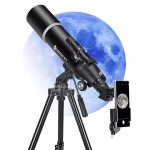Getting your first telescope is an exciting milestone for any aspiring stargazer. But before you point it toward the night sky, there are some common pitfalls that can frustrate even the most enthusiastic beginners. To help you make the most of your telescope experience, here are some key mistakes to avoid—and what to do instead.
1. Chasing High Magnification
One of the most common beginner mistakes is thinking that higher magnification means better viewing. In reality, image clarity depends more on your telescope’s aperture than zoom power. Over-magnifying leads to blurry, dim views.
Tip: Focus on aperture (light-gathering ability), not just magnification.
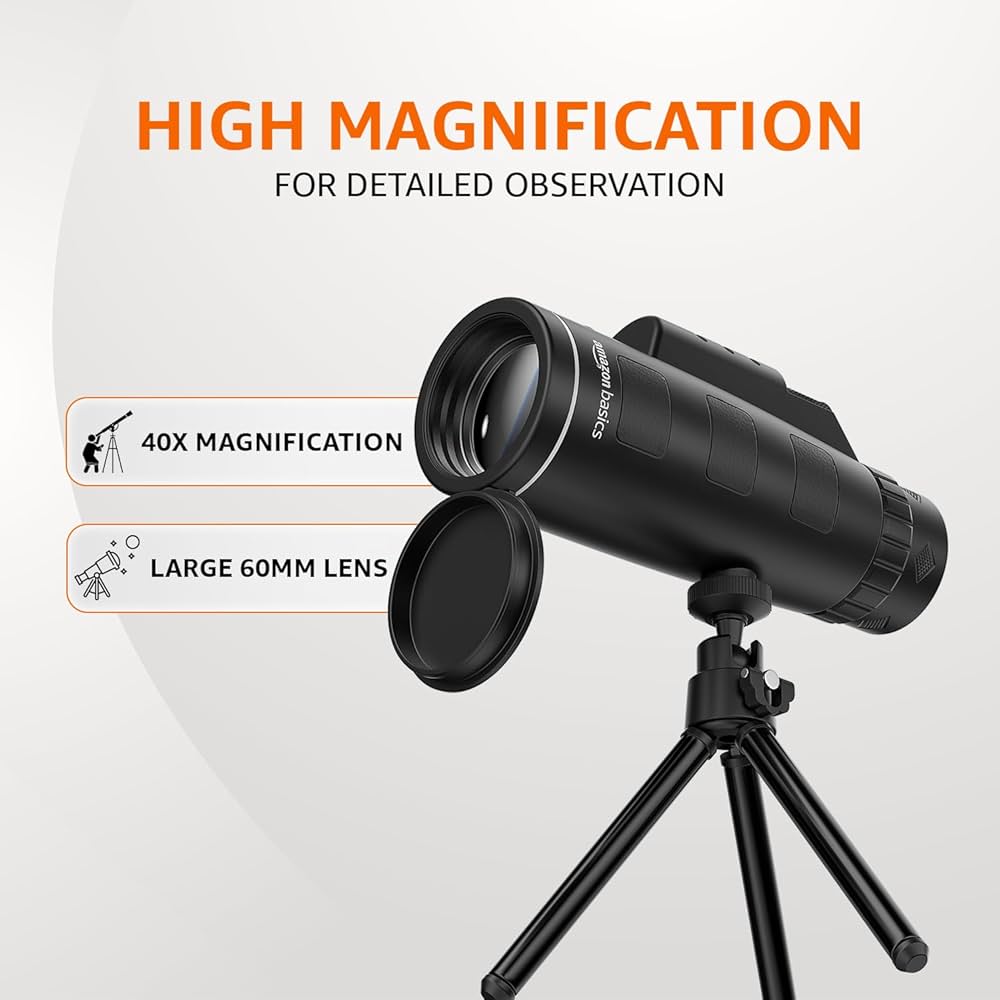
2. Skipping the Manual
Many beginners try to assemble or use their telescope without reading the instructions. This often leads to improper setup and unnecessary frustration.
Tip: Take time to read the manual and understand your telescope’s components.

3. Ignoring Collimation (for Reflectors)
Reflector telescopes need to be properly aligned (collimated) to work correctly. Skipping this step results in poor image quality.
Tip: Learn the basics of collimation—it’s easier than it sounds and makes a big difference.
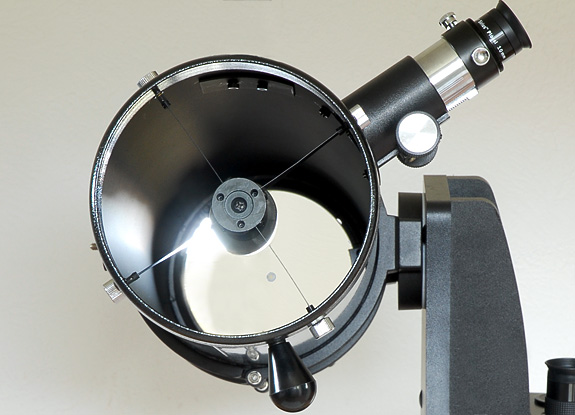
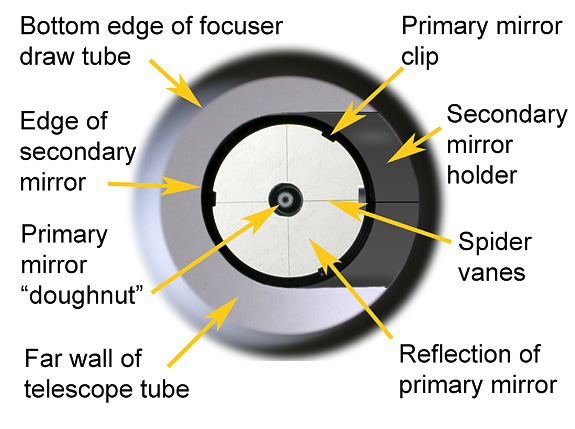
4. Using the Wrong Eyepiece First
Starting with the highest magnification eyepiece can make it hard to find or focus on objects.
Tip: Begin with the lowest magnification (usually the largest-numbered eyepiece) to locate your target, then switch.

5. Expecting Hubble-Like Views
Don’t expect to see colorful nebulae or detailed galaxies right away. Most deep-sky objects appear as faint smudges through small amateur telescopes.
Tip: Appreciate the thrill of real-time space viewing, even if it’s subtle.
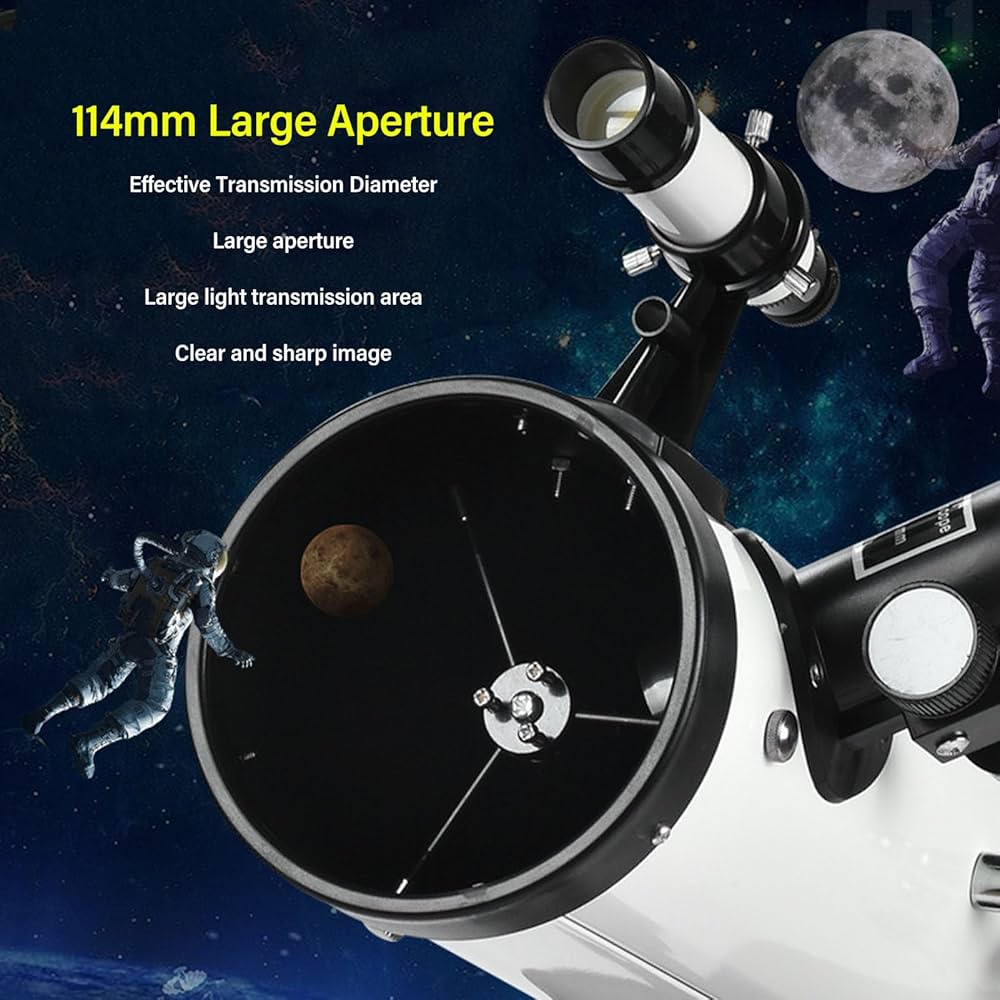
6. Observing from Light-Polluted Areas
Streetlights, porch lights, and city glow can wash out the night sky, limiting what you can see.
Tip: Find a dark-sky location whenever possible for a better viewing experience.

7. Not Letting the Telescope Adjust to the Outside Temperature
Using a telescope right after bringing it outdoors can lead to distorted images due to thermal imbalance.
Tip: Let your telescope cool down (or warm up) for at least 20–30 minutes before observing.
8. Poor Mount or Tripod Setup
A shaky or unstable mount can ruin even the best optics. Avoid low-quality tripods that vibrate easily.
Tip: Invest in a solid, sturdy mount—even for small telescopes.
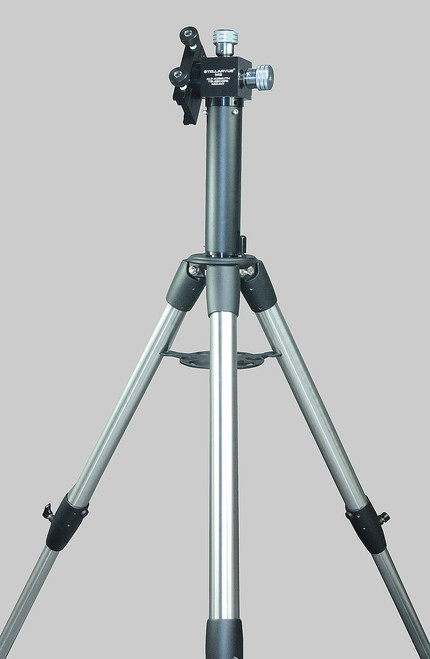
9. Skipping Star Maps or Apps
Wandering around the sky without guidance wastes time and leads to confusion.
Tip: Use star maps or astronomy apps to plan your sessions and locate objects quickly.
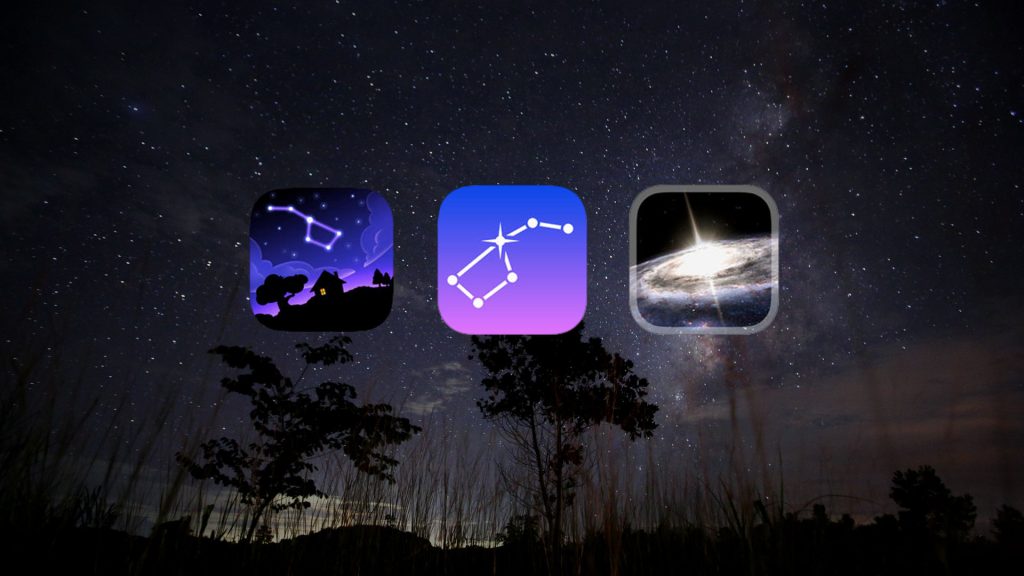
10. Giving Up Too Soon
If your first experience is frustrating, don’t give up. Learning to use a telescope takes time and patience.
Tip: Join an astronomy club or online community for support and guidance.
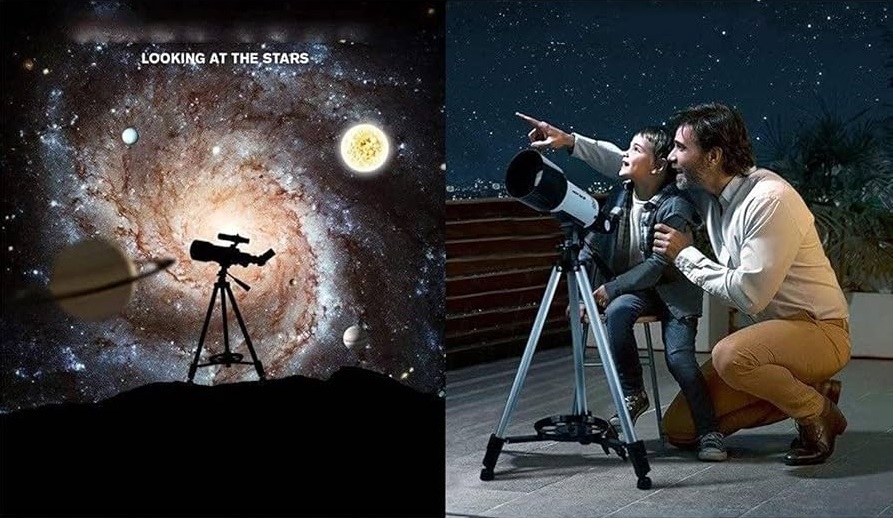
Conclusion
Avoiding these common beginner mistakes can make the difference between a frustrating experience and a rewarding night under the stars. With a little preparation, the right expectations, and a bit of practice, you’ll be spotting planets, stars, and galaxies in no time.

